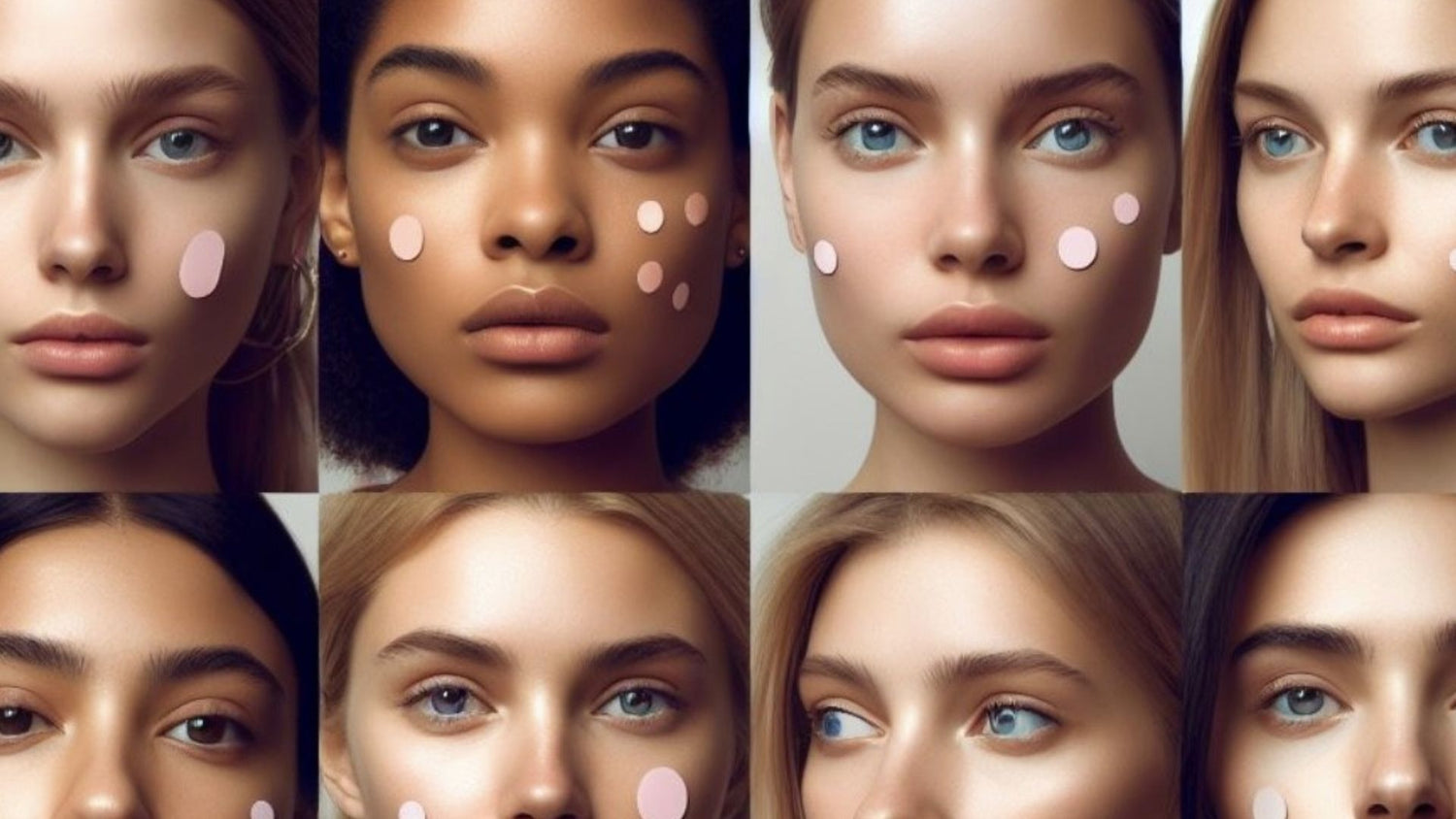It’s time, it’s time! The end of the year makeup cleaning moment is just around the bend (can you see it yet?). Typically we go through our drawers and closet to make room for our new purchases and put the fall/winter choices out prominently. But what about makeup? I’m the type of gal that likes an orderly makeup draw or box. However, sometimes I am overwhelmed with my makeup stash and don’t know where to start when it comes to discarding products and how to organize them. BeautyStat’s founder, Ron Robinson and Luba Todorova, makeup artist for Laura Geller cosmetics, provide us with helpful tips and tricks.
The First Step in Editing: Determining the End Point of Shelf Life
BeautyStat: What is the life span for makeup products? What should you throw out and when?
Ron Robinson: Let’s start the clean up with throwing out products that are too old and no longer effective. In general all makeup is formulated to last about 12 – 18 months starting from the time that they are opened. As a general rule, products that contain water as one of the first ingredients (this includes most liquid foundations) have the shortest shelf life after opening because water encourages the growth of bacteria and other microbes. Also susceptible to bacterial contamination are products which are mostly waxes with minimal water (such as lipsticks) and contain plant extracts. Products made up of almost no water (such as blush or eye shadow) last the longest, because almost nothing can grow in these kinds of products. I also recommend that consumers use common sense. If the product looks off in color or begins to have a weird odor, it’s time to trash it.
Below is the life span for key makeup products:
* Oil-free foundation: one year
* Cream or compact foundation: one year
* Concealer: one year
* Powder: two years
* Blush and bronzer: two years
* Cream blush: 12-18 months
* Powder eye shadow: two years
* Cream eye shadow: 12-18 months
* Eyeliner: two years
* Liquid eyeliner: three-six months
* Mascara: three months
* Lipstick: one year
* Lip liner: two years
* Lip gloss: 18 months
* Nail color: one year
Step Two: Organize, organize!
BeautyStat: How do you organize your makeup wardrobe? For example, categorize your makeup stash by foundation, eye, cheek and lip? Do you suggest putting the products in a zip lock bags with labels and then into a larger box to be stored in a bathroom or on a makeup table?
Luba Todorova: By doing your makeup on a routine basis, you instinctually identify the must-have products for your makeup wardrobe. Keep your base makeup in a convenient box, shallow not deep. For makeup junkies like me, I recommend zip lock bags with labels or a cosmetic bag that you can easily move back and forth around the apartment/house. For nighttime makeup use a separate space, maybe a decorative box.
Now it’s time to buy your new items, stock up on two of each of your touch up products for the office and home: matifying powder, mascara, concealer, lipstick and blush/bronzer. To avoid overstock, limit yourself to only two – five new products per season. When possible, I recommend an appointment with a makeup artist to whom you can bring all of your makeup and clean up what’s old or not good for you. A new eyeliner and eye shadow are key investment products and will enhance your seasonal wardrobe.
Step 3: Daily Recommended Carry Ons
BeautyStat: What should one carry on a daily basis?
Luba Todorova: One thing for sure is a compact mirror that you can use wherever you are. During the daytime carry a concealer, blush and a lipstick. For a nighttime, you only need a matifying powder or blotting papers and a lipstick/gloss. Reapplying foundation is not necessary in the evenings – artificial light accentuates foundation more so than the soft day light.
Tell us, dear readers, have you ever edited your makeup stash before? Did you find these tips useful? Drop us a line to let us know.
– Elizabeth Reid
If you like this post, give it a LIKE on Facebook and share it with your friends




